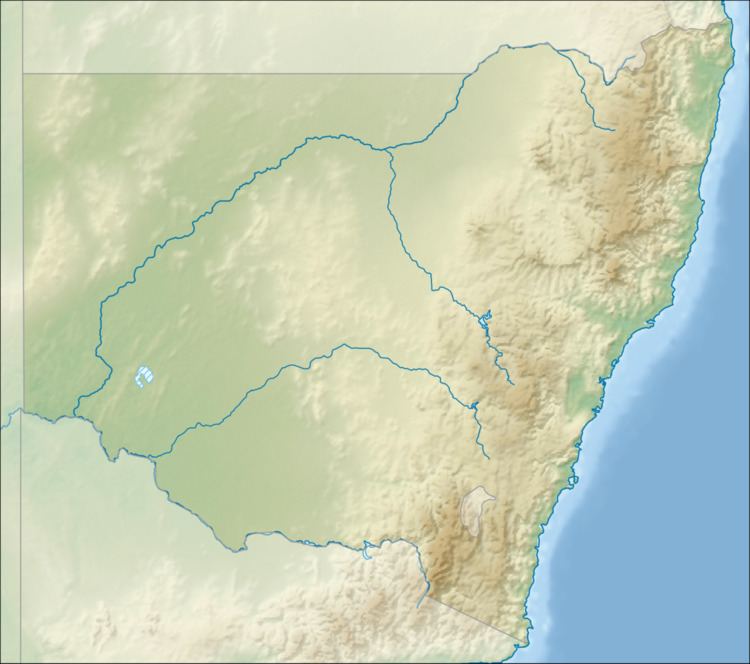Status Operational Opening date 1926 Area 180 ha | Construction began 1917 Height 43 m Catchment area 197 km² | |
 | ||
Hours Open today · 8:30AM–4:30PMSunday8:30AM–4:30PMMonday8AM–4PMTuesday8AM–4PMWednesday8AM–4PMThursday8AM–4PMFriday8AM–4PMSaturday8:30AM–4:30PM Similar Lostock Dam, Redbank Power Station, Black Bulga State Conserva, Wallarobba railway station, Glenbawn Dam | ||
dji phantom 4 chichester dam in 4k
Chichester Dam is a minor concrete gravity dam across the Chichester and Wangat rivers, upstream of Dungog, in the Hunter Region of New South Wales, Australia. The dam's main purpose is water supply for the Lower Hunter region. A mini hydro-electric power station operates at times of peak flow and is connected to the national grid. The impounded reservoir is Lake Chichester.
Contents
Location and features
Commenced in 1917 and completed in 1926, the Chichester Dam is a minor dam on the Chichester River, a tributary of the Williams River, approximately 21.6 km (13.4 mi) north of Dungog. The dam contributes about thirty-five percent of the lower Hunter region's water supply.
The dam wall is 43 m (141 ft) high and is 254 m (833 ft) long and was constructed using a cyclopean system of interlocking concrete blocks and large boulders with a volume of 91 m3 (3,200 cu ft). The wall is anchored to the bedrock below it by 93 stressed tendons. At 100% capacity the dam wall holds back 21,500 ML (760×10^6 cu ft) of water at 156.2 m (512 ft) AHD. The spillway is capable of discharging 3,300 m3/s (120,000 cu ft/s). The surface area of the reservoir is 1.8 km2 (0.69 sq mi) and the catchment area, largely located within the Barrington Tops National Park, is 197 km2 (76 sq mi). The dam is connected to reservoirs in Maitland, Cessnock and Newcastle by an 80 km (50 mi) long gravitation main.
History
Land for the water supply scheme was appropriated in the Gazette of 6 October 1916. To safeguard the purity of the water the populated part of the Wangat Valley, including the old goldmining town of Wangat, and the greater portion of the populated part of the Chichester Valley were resumed. The Act appropriated A£1,049,000 as the estimated cost of construction of the dam, with additional funds set aside for land resumption.
In 1965 the spillway was lowered by 2.75 m (9 ft 0 in) to increase flood capacity. In 1985 the dam was post tensioned with cables and the spillway was relocated to the centre of the dam and returned to its original height. In 1995 the seepage potential was reduced under the northern abutment and in 2003 an improved drainage system for the dam's foundations was installed and the left parapet wall was raised to prevent overtopping in a major flood.
Power generation
Following a report by the Health Rivers Commission, in 1998 the Minister for Urban Affairs and Planning, Craig Knowles, announced that a small hydro-electric power station would be installed in the Chichester Dam in order to generate electricity, reduce greenhouse emissions and allow surplus power to be sold back to the grid. Completed in 2001 and operated by Delta Electricity, the mini-power station generates up to 110 kW (150 hp) of electricity at times of peak flow; with an average annual generation of 0.4 GWh (1.4 TJ).
